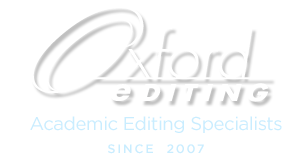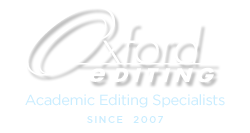En and Em Dashes and Hyphens
One thing editors do is to fuss with punctuation, especially dashes. A writer’s use of dashes (hyphens, em dashes, and en dashes) is one of the typographical elements that “jump out” at editors. Dashes, if used incorrectly, can actually confuse readers (not just bother detail–oriented editors). A common mistake writers make is using a hyphen (–) where they should have used an em dash (—), which is double the length, for starters. Many readers read this typographical cue differently from what the editor meant, needing to pause to puzzle it out (not good).
The common hyphen, a short dash, is most frequently used for hyphenating noun descriptors and serves to telegraph readers that they should combine two (or more) adjectives (a compound adjective), reading them together as a unit modifying an upcoming noun; for example, “a low–flying plane,” (not “a low flying plane,” which the reader will take an extra few seconds to resolve).
If you mean to highlight an idea (instead of using parentheses or commas) or show a digression in speech you want (and need) the em dash (the equivalent of two hypens), not the hyphen. For example, if you write, “What editors Do– The Em Dash,” using a hyphen, your readers will be confused at first, reading “Do–” as part of a two–part hyphen (high– and low–flying planes). You don’t want your readers spending time sorting this sort of thing out for you. ) What you should type is “What Editors Do — The Em Dash.”
Some style guides call for a space on either side of the em dash; others, like Chicago Manual of Style, call for no space. You should check with your style guide on its rules for using em dashes.
If your software does not readily create an em dash for you, you can copy an em dash from the Internet and paste it into your file.
En dashes, in between em dashes and dashes, are for a range of items, like numbers, 1–6.
For more on hyphens, see the Punctuation Guide.

